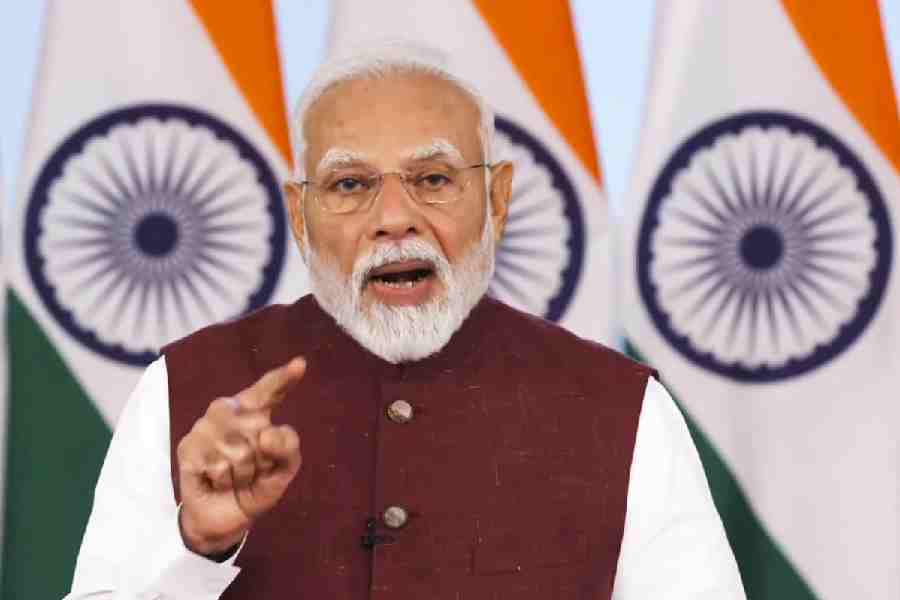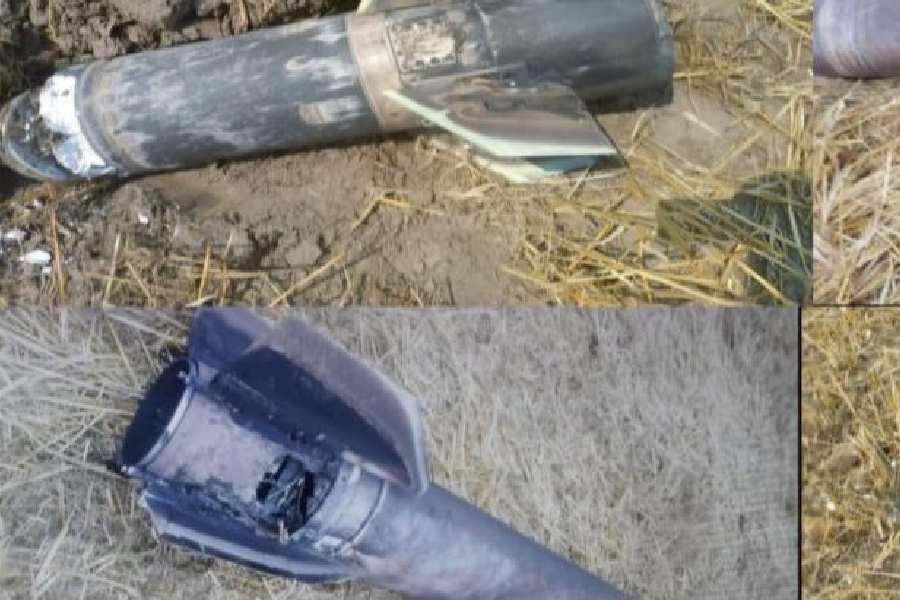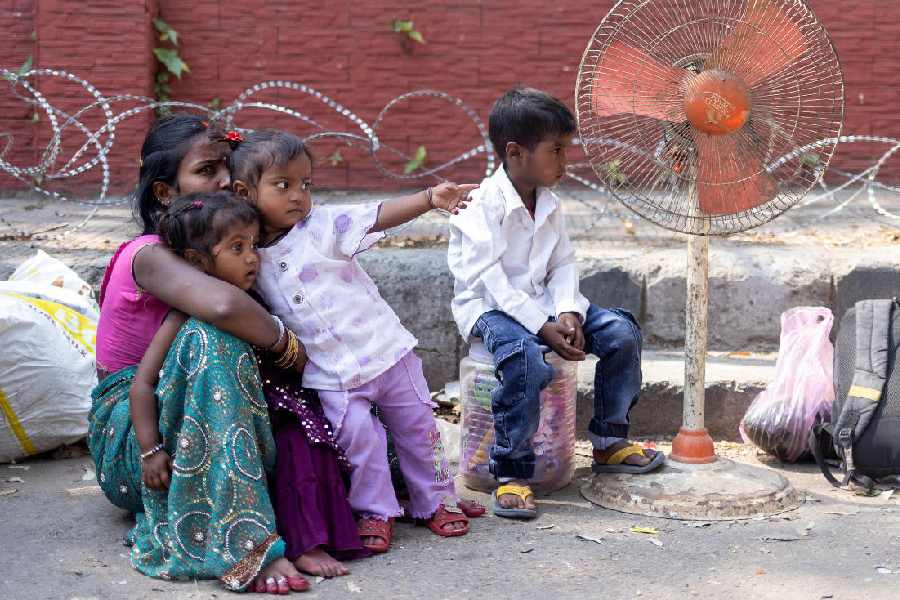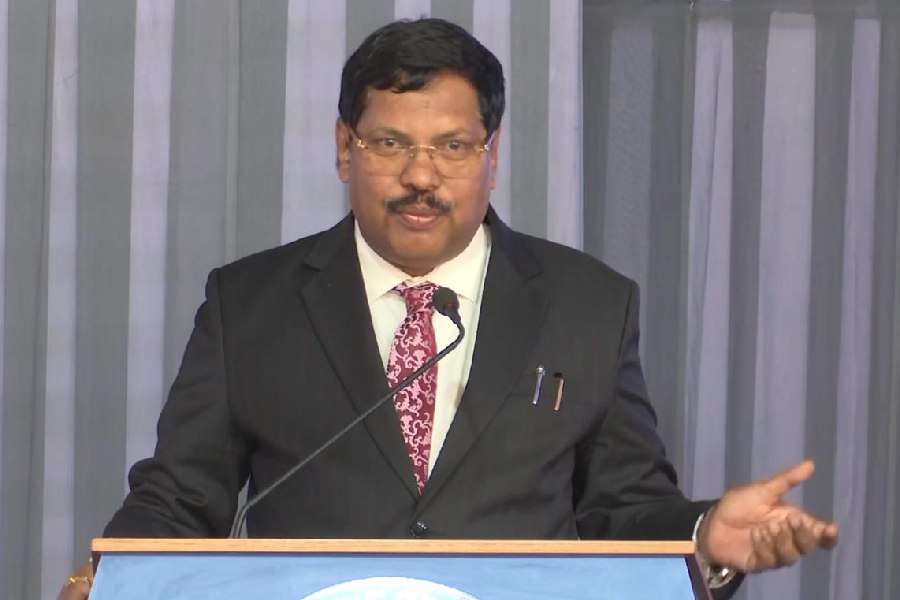 |
| Debabrata Ray at a rubber plantation. Telegraph picture |
New Delhi, Aug. 4: The Northeast is likely to replace Kerala as the country’s primary rubber-cultivation zone within the next three decades under the influence of global warming and other factors, scientists have predicted.
The scientists at the Rubber Research Institute of India at Kottayam and Agartala have used mathematical tools to determine how climate change might increase or decrease land suitable for rubber cultivation in the country’s two hubs for natural rubber.
Their study has shown that land suitable for rubber cultivation in the Northeast will increase from the current 23,000 square km to nearly 32,000 square km by 2020 and remain stable at that level through 2050.
In Kerala’s Western Ghats region, which generates nearly 90 per cent of the country’s rubber, land suitable for rubber will shrink marginally from 30,900 square km to nearly 29,600 square km by 2020, and further decrease to 28,500 square km by 2050.
“We are at saturation levels in the Western Ghats — there is no more land for rubber now, but there’s scope for expansion in the Northeast without encroachment on either forest or foodcrop farmland,” said James Jacob, the director of the institute, Kottayam.
The study by Jacob and his colleagues has shown that changes in temperatures and rainfall patterns anticipated during the coming decades under the influence of global warming would make land in the Northeast even more suitable for rubber cultivation.
The study’s findings have been accepted by the Current Science, a research journal published by the Indian Academy of Sciences.
“We find that, over time, rainfall and temperature conditions for rubber will become slightly harsher in the Western Ghats and friendlier in the Northeast,” Debabrata Ray, a plant physiologist and study team member at the institute, Agartala, told The Telegraph.
In the modelling study, Ray selected 19 bioclimatic factors — all related to temperature and rainfall — and the terrain location above sea level to predict how land suitability for rubber will change over time.
He also picked 95 rubber plantations in the Northeast and 130 plantations in the Western Ghats to analyse associations between rubber cultivation and bio-climatic factors and altitude.
Rubber grows best between 18 and 37 degrees Celsius in landscapes that receive 1,500mm to 2,000mm rain.
However, Ray said anticipated changes in rainfall and temperature will make landscape in the Brahmaputra valley region more suitable.
The rainfall during the driest season and the minimum temperature during the coldest quarter of the year are both expected to increase in this region in the coming decades. “Both these changes are good for rubber cultivation,” Ray said.
While the mathematical model that the scientists applied does not distinguish between forest and cropland, the institute has been independently using satellite imagery to delineate rubber cultivation zones outside of forest and farmland.
Such a satellite-based study by the institute has already shown that the area under rubber cultivation in Tripura can be increased from the current level of 65,000 hectares to nearly 80,000 hectares without any encroachment of forest or farmland.
A similar study is currently under way in Assam. Across the Northeast, the institute has estimated, about 500,000 hectares of land could be available for rubber without using up forest or farmland.
“India needs to expand its rubber production,” Jacob said. After a period of reasonable self-sufficiency in natural rubber, he said, India has over the past three years imported natural rubber to meet the country’s rising domestic demand.
The institute’s director said there is a strong positive correlation between rubber consumption and the economy.
India’s rubber consumption is about 1.2kg per person per year, while China consumes nearly 4kg per person per year, while it is 6kg per person per year in developed countries. “Unless we expand production, India will be forced to import more and more rubber in the coming years,” Jacob said.









